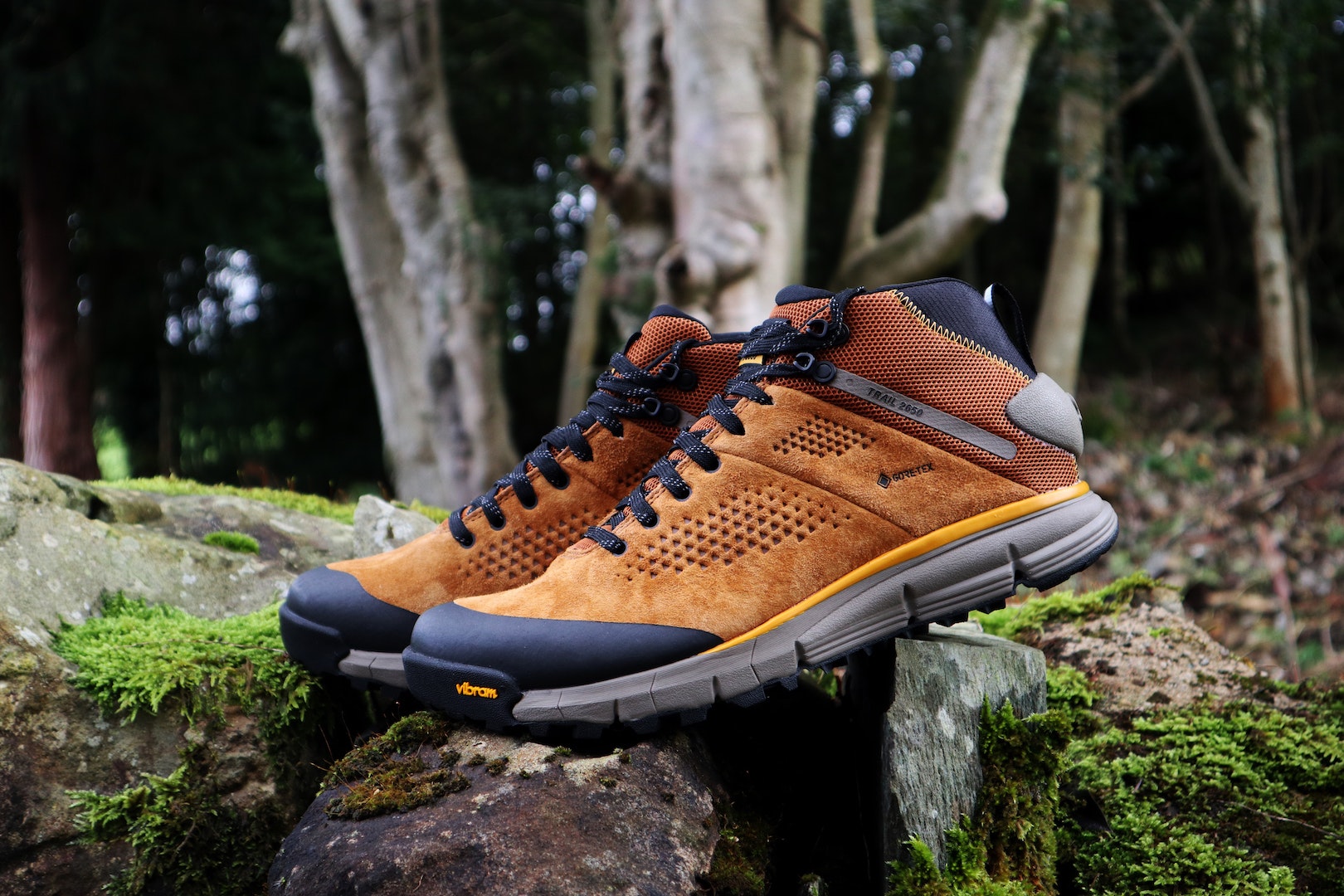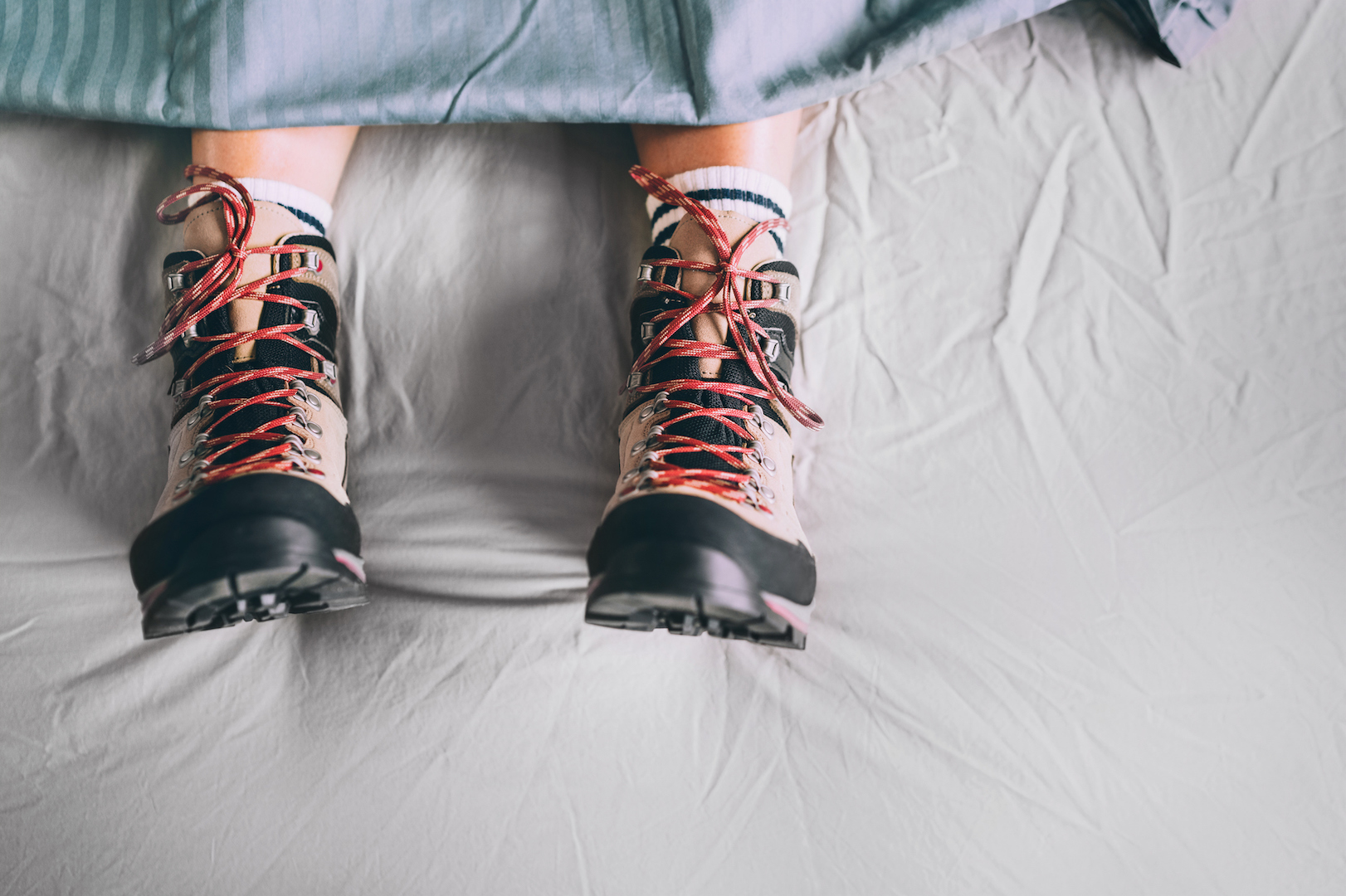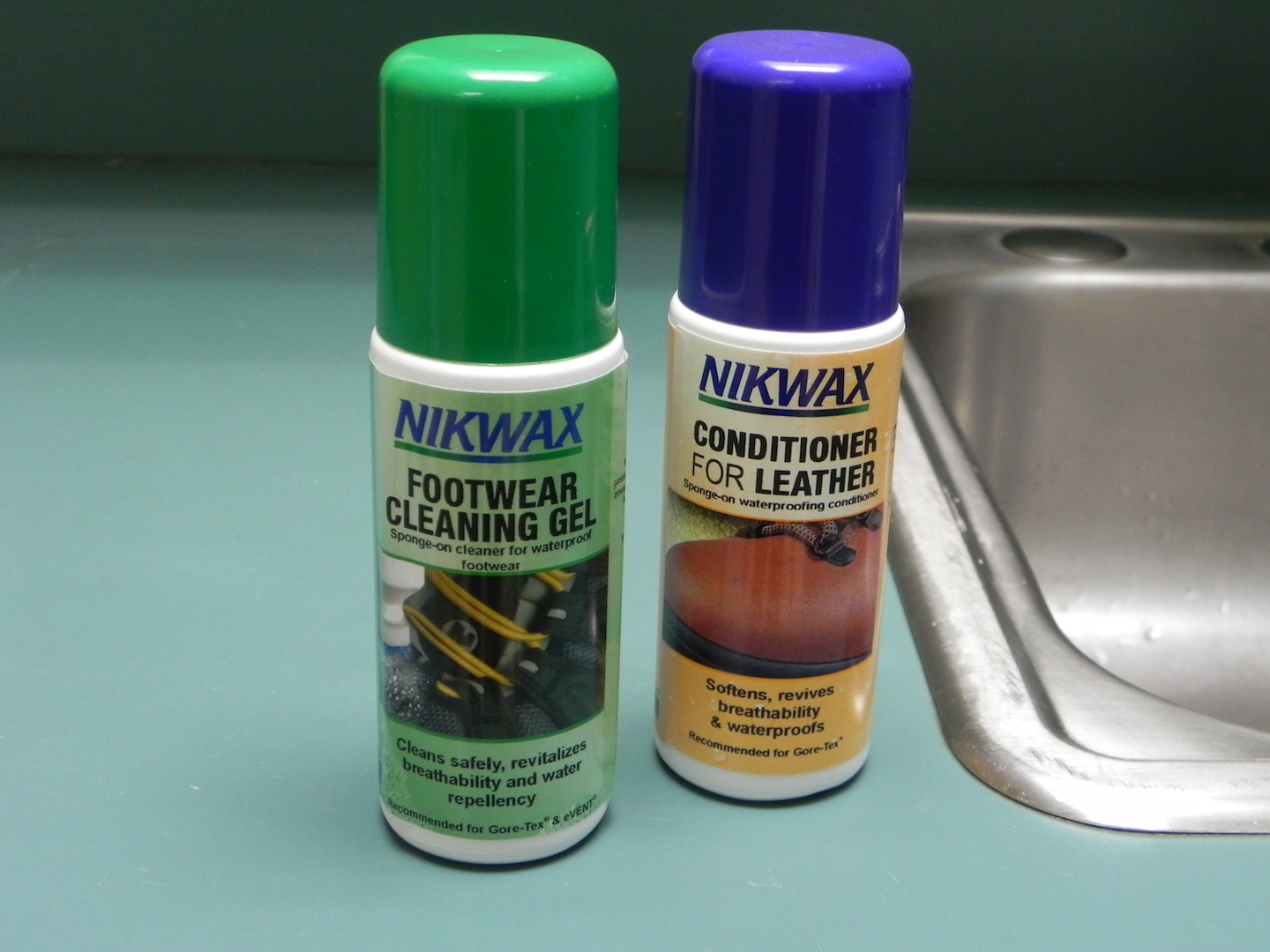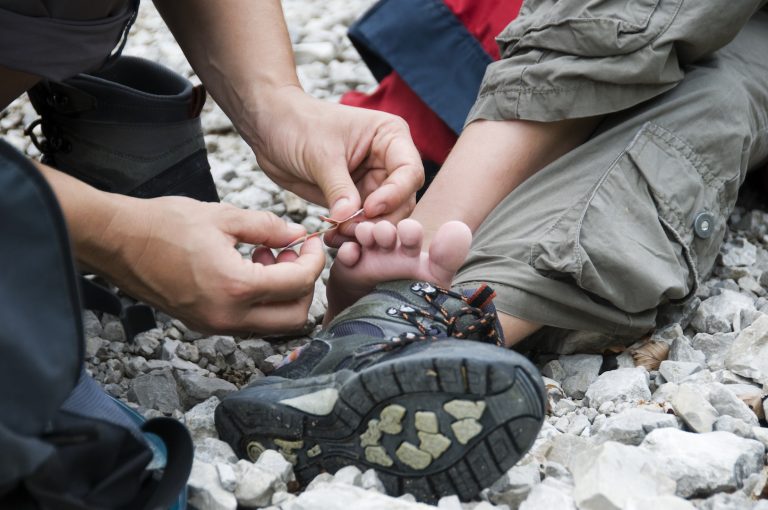A comfortable pair of boots is perhaps the single most important purchase that any hiker or hillwalker can make. That doesn’t always mean spending hundreds of pounds, but it does mean doing your research and trying on different pairs to find the right boots for you. Fortunately, there’s lots of useful advice out there to help – like in our buyer’s guide to walking boots for instance.
Once you’ve found your perfect pair, the next step is to break them in. ‘Breaking in’ is the process of gradually moulding your new boots to the shape of your feet. This will also soften up the leather or fabric and ensure they flex at the right points as you walk. It’s the best way to avoid blisters.
Although it is tempting to simply unbox your new boots and head straight for the hills, a little time spent breaking them in really pays off in the long run.
The process itself is largely common sense. Having said that, the internet is full of conflicting advice on the best way to go about breaking in boots, as well as a host of ‘cheats’ or ‘hacks’ intended to speed up the process. Some of these tips can be effective, but others are next to useless, and the worst examples can in fact ruin your nice new boots (or at the very least shorten their lifespan). As such, we’ve put together a concise guide that separates fact from fiction, while also debunking the rubbish around breaking in walking boots.
Do You Need To Break In Walking Boots?
You might wonder why it’s necessary to break in new boots at all, particularly if they already fit well and feel comfortable from the outset (as they should). It is certainly true that modern boots need far less breaking in than the traditional all-leather boots of old. This is mostly down to advances in materials and technologies. Boots like the Meindl Bhutan and the Mammut Trovat Guide High II feature memory foam ankle cuffs, for example. Other boots, such as the Hanwag Makra Combi utilise hard-wearing yet flexible fabrics like Cordura. A better understanding and application of human physiology and ergonomics to footwear design has also resulted in better ‘out of the box’ comfort.

However, the fact remains that almost all mass-produced boots are built on a last. This is basically a model of a foot, and while it may approximate the size and shape of your foot, it will not be an exact match. Breaking in boots helps to mould them precisely to your feet to achieve a more comfortable long-term fit.
New boots are also made from a mix of different materials with different properties. Full-grain leather is a stiff material that softens and becomes more supple over time, for example. Generally, heavier and stiffer boots take longer to break in than lightweight boots. If you’ve purchased four-season mountaineering boots, then expect to spend more time breaking them in compared to a lightweight trail shoe composed mainly of fabric and mesh. These are often comfortable straight out of the box. But some textile boots can feel slightly stiff when first worn, so it is still worth taking the time to break them in.
Best Mountaineering Boots
How To Give Your Old Gear New Life





